Why Style Cannot Let Go of the Previous
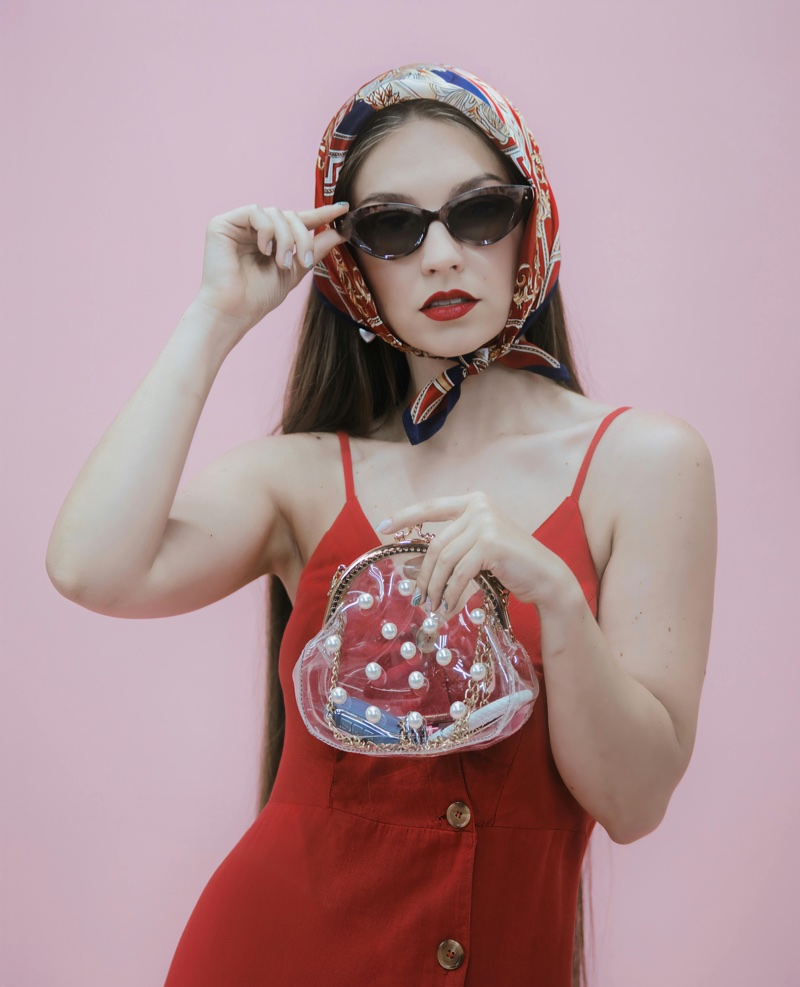
From runways in Paris to TikTok feeds throughout the globe, style appears to be caught in rewind. Y2K glitter, 90s minimalism, and 80s energy fits. Every season looks like a curated time capsule moderately than a leap ahead.
However this previous decade obsession isn’t only a passing fad. It’s a phenomenon deeply embedded within the cultural, emotional, and financial equipment of the style trade. In occasions of uncertainty, individuals usually search consolation within the acquainted, and clothes turns into a strong car for nostalgia.
For Gen Z, carrying the previous is each ironic and honest, a revolt towards fast-moving digital life and a eager for eras they by no means lived by means of. In the meantime, manufacturers and designers, pushed by danger aversion and bottom-line pressures, regularly mine their archives, banking on confirmed silhouettes over experimental innovation.
So why can’t style let go of the previous? The reply lies on the intersection of reminiscence, market, and that means, the place yesterday’s traits really feel safer than tomorrow’s unknowns.
The 20-12 months Cycle: Delusion or Mechanism?

Style’s obsession with the previous isn’t random. It usually follows what’s often called the 20-year cycle, a broadly accepted principle that traits resurface roughly 20 years after they first peaked.
The early 2000s, as soon as mocked for low-rise denims and bedazzled logos, at the moment are again in full power. Equally, the 90s had their second within the 2010s, and the 70s had been revived within the 90s. However is that this cycle a inventive roadmap or a lazy loop?
The 20-year rhythm aligns with generational shifts. As younger adults start to claim cultural affect, they reinterpret the kinds they grew up round, or these their dad and mom as soon as wore.
However past private nostalgia, there’s a calculated enterprise incentive. Acquainted traits are safer to market, simpler to remix, and already etched into public reminiscence.
Nonetheless, some critics argue that this cycle has change into extra of a advertising crutch than a real revival. As an alternative of inspiring contemporary creativity, the system dangers turning style right into a predictable loop. One the place reinvention turns into replication.
Psychology of Nostalgia: Why We Gown Just like the Previous
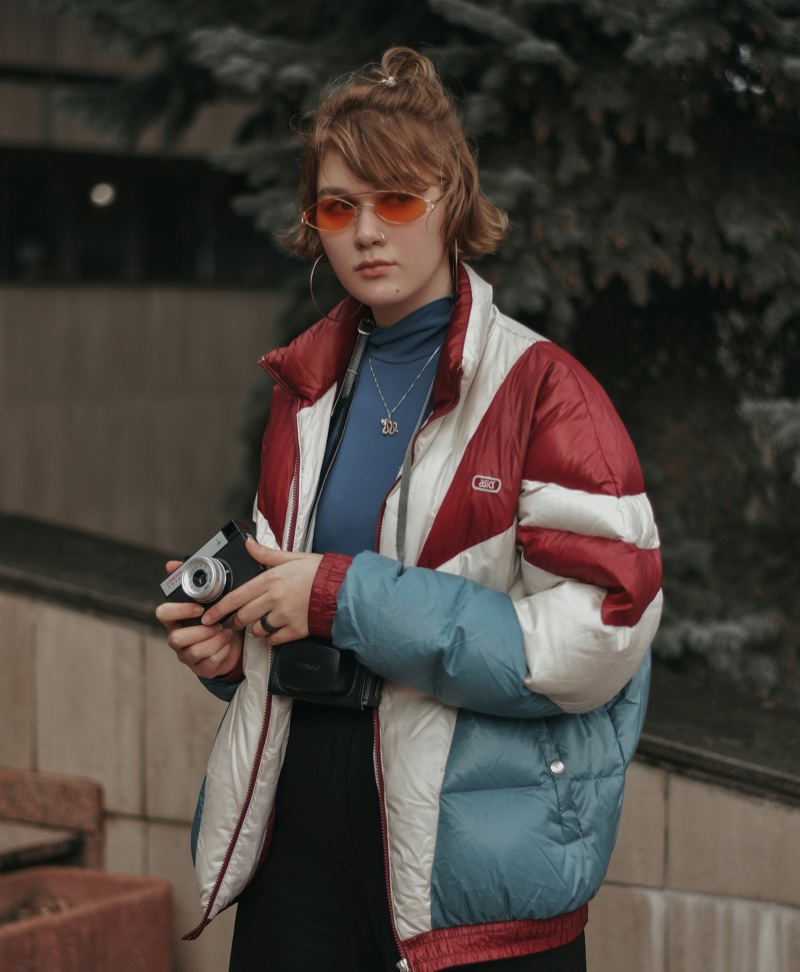
Style goes past aesthetics. It’s deeply emotional. In occasions of social upheaval or private uncertainty, individuals gravitate towards the acquainted, and clothes turns into a delicate type of self-soothing.
Nostalgic kinds act like wearable recollections, evoking eras perceived as less complicated, freer, or extra genuine. Whether or not it’s the dishevelled denim of the ’90s or the playful kitsch of Y2K, these seems provide consolation, identification, and escape.
Psychologically, embracing the previous offers a way of continuity in a fast-changing world. For Gen Z, retro style is a method to join with a pre-digital previous they by no means skilled firsthand. Carrying classic or vintage-inspired items permits for each irony and sincerity, revolt and belonging.
Social media amplifies this vintage-loving loop. Algorithms reward recognizable aesthetics, turning thrift hauls and decade-inspired matches into viral content material.
But as a love for the previous turns into a efficiency, its private that means can blur. It raises the query: are we drawn to those kinds as a result of they resonate, or as a result of they’re trending?
Cultural Zeitgeist: When the Previous Feels Extra Inspiring Than the Current
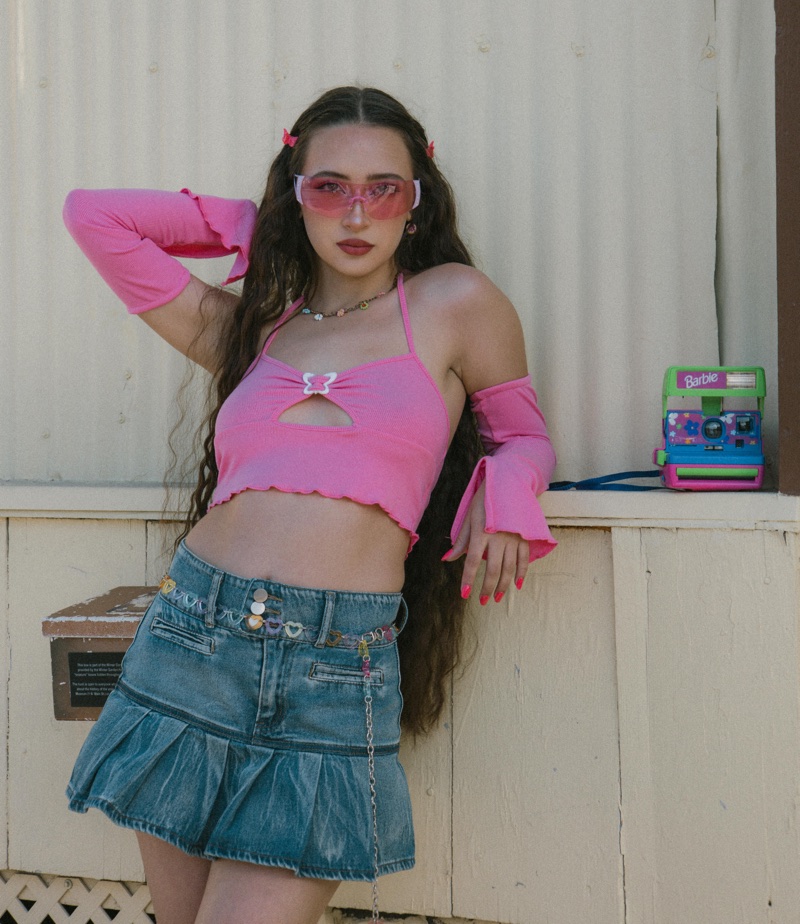
In some ways, style mirrors the cultural temper. And currently, the previous feels extra compelling than the current. Popular culture is saturated with retro influences: TV exhibits like Stranger Issues glamorize the ’80s, whereas Barbie reimagines nostalgic femininity for a contemporary viewers.
Music movies borrow VHS aesthetics, and movie images is trending amongst teenagers who grew up with 4K cameras. The previous has change into a curated fantasy. One which feels extra vibrant, playful, and emotionally wealthy than the hyper-digital now.
This longing is existential. In a world grappling with local weather anxiousness, financial instability, and social fragmentation, revisiting the previous gives a way of stability. Even when it’s one we imagined. Style turns into a type of cultural escapism, a method to anchor identification in a time when the longer term feels unsure.
However this reliance on nostalgia additionally reveals a inventive deadlock. If the current lacks a definite aesthetic or the arrogance to outline one, it’s no surprise designers and shoppers alike preserve trying backward for inspiration.
The Artistic Value: Is Style Shedding Its Edge?
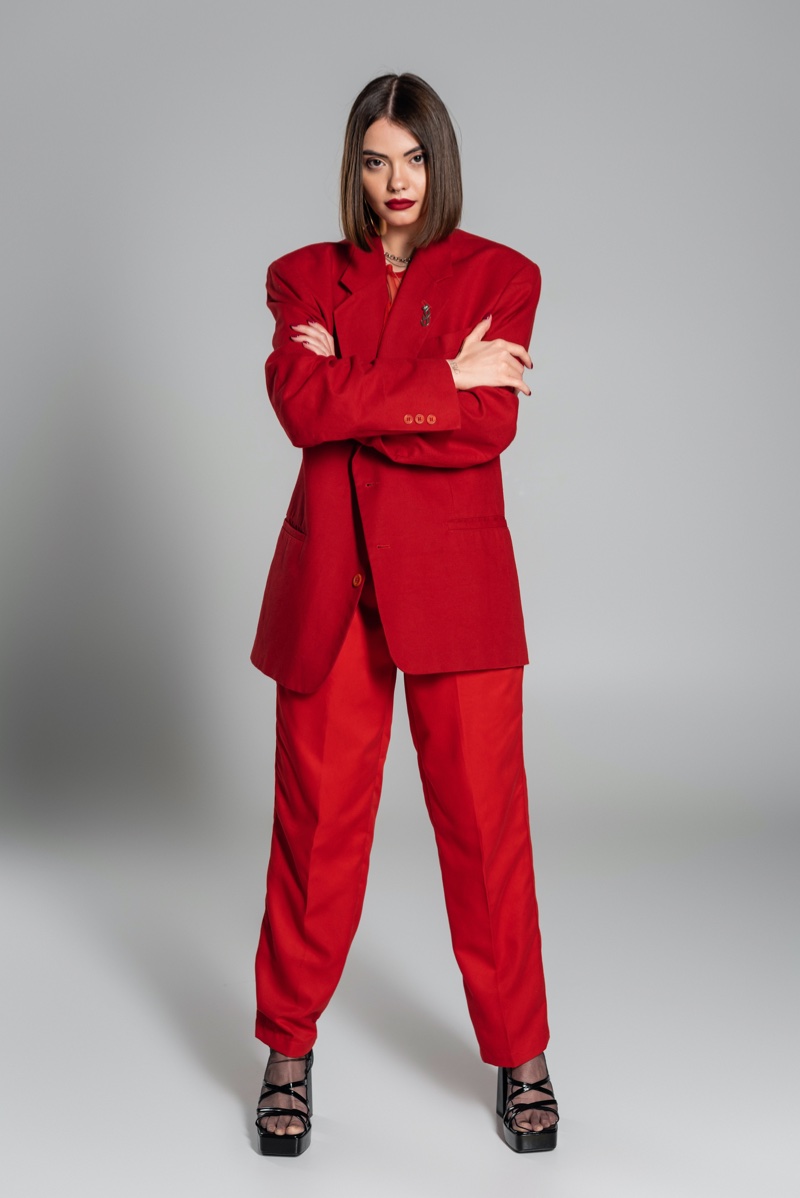
Whereas seeking to the previous gives emotional resonance and industrial enchantment, it may well come at a inventive value. When style endlessly recycles bygone eras, innovation dangers turning into secondary to replication.
Designers, as soon as celebrated for boundary-pushing originality, now usually really feel stress to ship marketable “retro revivals” moderately than daring new visions. Archival collections are reissued season after season, and collaborations incessantly hinge on iconic logos or classic silhouettes, not contemporary concepts.
This pattern raises a deeper concern: is style dropping its position as a cultural vanguard? At its greatest, style challenges norms, displays social change, and imagines the longer term. However in a nostalgia-saturated panorama, it typically serves extra as a mirror to reminiscence than a window ahead.
Remixing the Previous with Goal
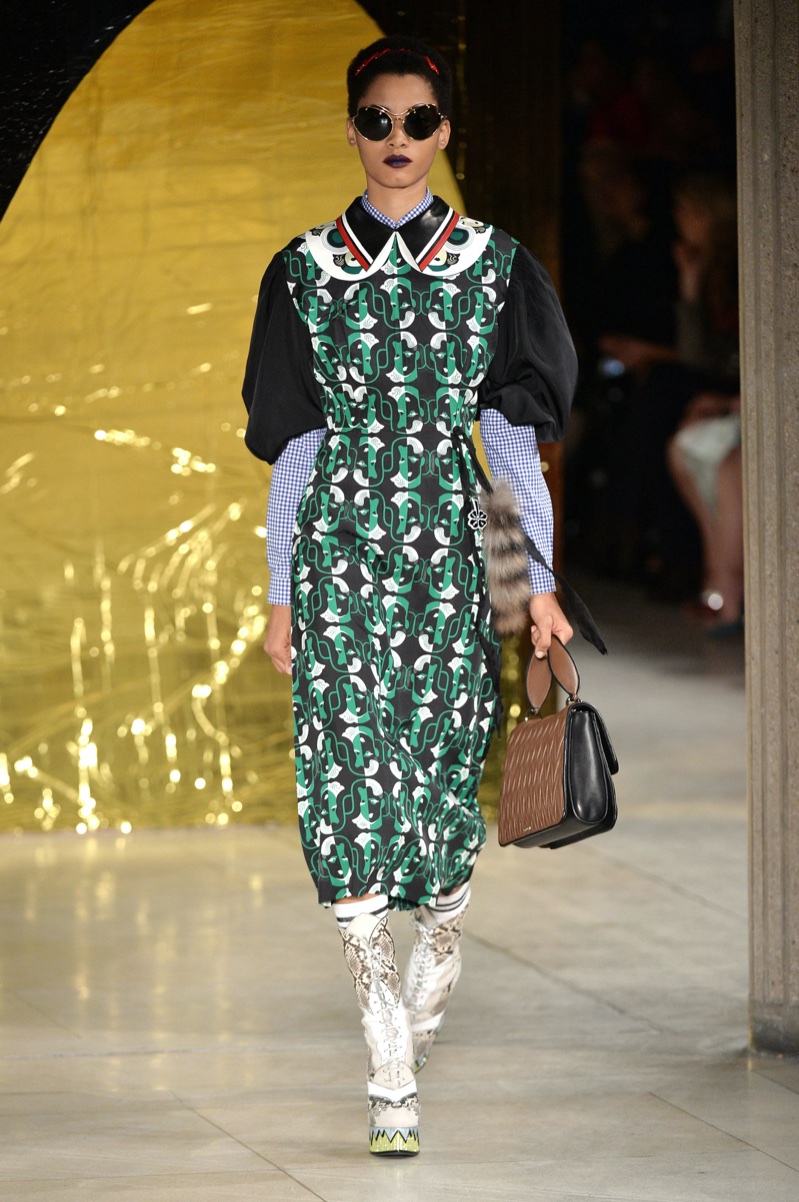
Nonetheless, it’s not all regressive. Designers like Miuccia Prada, Martine Rose, Marc Jacobs, and Demna use nostalgia as a subversive instrument. They do it to interrogate the previous moderately than romanticize it.
They mix classic references with up to date codes, usually to critique consumerism, discover identification, or distort standard magnificence.
Whether or not it’s Prada’s ironic twists on retro femininity, Rose’s warped menswear drawn from 90s subcultures, Jacobs’ theatrical reimagining of grunge, or Demna’s dystopian remix of company and streetwear, these designers deal with previous eras as uncooked materials, not a vacation spot.
The distinction lies in intent: is the previous being reinterpreted with objective, or merely repackaged for revenue? True innovation could not imply abandoning the previous, however daring to reshape it into one thing we’ve by no means seen earlier than.

